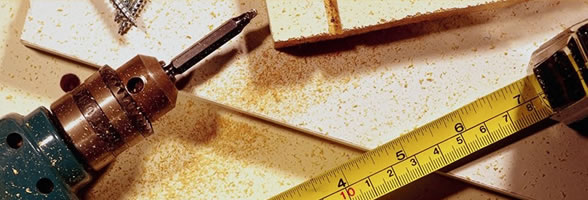
The Skeleton
There are two parts to the human skeleton, the Axial Skeleton and the Appendicular Skeleton
| The Axial Skeleton | The Appendicular Skeleton |
|
|
Functions of the Skeleton:
- Support - the bones of the skeleton hold the body upright
- Protection - The skull protects the brain, the vertebrae protect the spinal cord and the ribs protect the heart and lungs
- Movement - The rigid levers of the bone which muscles pull enable movement
- Makes Blood Components - Bone marrow manufactures red and white blood cells as well as platelets
Vertebrae
- consists of 33 bones in 5 different regions.
- No. of bones in each region Cervix - 7 Thoracic - 12 Lumbar - 5 Sacrum - 5 Coccyx - 4
- They have discs called "Discs of Cartilage" between them which act as shock absorbers and prevent wear and tear from bone movements

There are three types of bone:
- Compact Bone - Made of Bone Cells (osteoblasts), gives the bone its strength and makes it rigid
- Spongy Bone - Similar to Compact bone but with hollows in it which as filled with red marrow; also gives strength to the bone
- Bone Marrow - Red bone marrow makes red blood cells while white bone marrow if mostly fat, however yellow marrow can be converted to red bone marrow if more blood cells are required
Bone growth
Bones grow because of cells called Osteoblasts in them. These cells produce a protein called collagen. A calcium compound starts to form around the collagen and begins to harden, trapping the osteoblast which then become dormant. This growth takes place at a specific region between the diaphysis and the epiphysis called a growth plate. This process takes place in a human from an embryo until adulthood when the bone plate becomes inactive.
Bone Renewal
Bone renewal depends on physical activity, hormones and Diet. If bones are stressed with physical activity then it becomes thicker and stronger. Hormones such as growth hormone and sex hormones affect bone development. Sufficient supplies of calcium is required to maintain bone.
Joints
Joints are where two or more bones meet
There are three types of Joints:
- Immovable - include the skull and the pelvic girdle
- Slightly movable - Joints between vertebrae are slightly movable
- Synovial Joints - These are freely moveable joints with ligaments to hold the bones in place and a synovial membrane that secretes synovial fluid which lubricates the joints and reduces friction. Examples include Ball and socket joints e.g. shoulder and also Hinge joints such as the Knee or Elbow.
Synovial Joint in the Knee

Ligaments are strong elastic tissues that connect bone to bone
Tendons are strong inelastic fibres that connect muscle to bone
Musculoskeletal Disorder (Athritis)
Cause:
Cartilage in synovial joints wear down after many years. This causes more synovial fluid to form leading to inflammation (swelling) of a joint.
Treatment:
There is no cure for athritis. Treament involves rest, exercise and anti-inflammatory medication
Prevention:
As athritis is caused by wear and tear on the cartilage, it may be prevented by reducing joint damage by e.g. using proper footwear when running and exercising by swimming instead of running
Antagonistic pairs are pairs of muscles that have opposite effects to each other
Example: The biceps and the Triceps
Biceps contract to bend the arm
Triceps contract to straighten the arm

